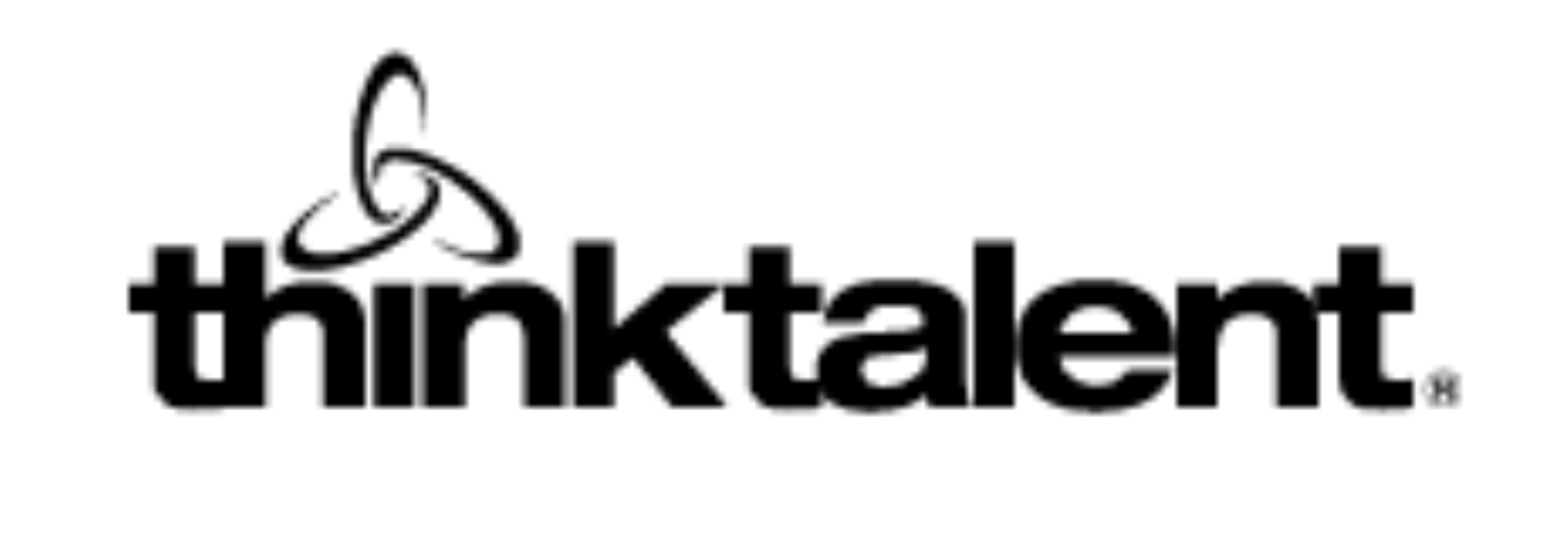What is Workplace Coaching?

What is workplace coaching?
Workplace coaching is no longer considered to be just a buzzword or an HR fad that only a few select companies would consider implementing as a strategic tool. Nor is it limited to top executives who do not have the time (or the inclination) to sit down for a training session with members of their staff in a classroom environment. As Percy Zeus and Suzanne Skiffington wrote in The Coaching at Work Toolkit, “coaching is increasingly recognised as a methodology for creating more effective conversations, for assessing and reformulating values and goals, and reaching solutions”.
In recent years we have seen more and more organisations develop a “coaching-style” of managing and leading their teams. This is in stark contrast to the traditional “command and control” style of management which is widely regarded to be no longer effective in today’s environment where rapid response, creativity, resilience, and individual effort and performance are essential in order to remain competitive.
With various employee engagement surveys confirming that less than one in three employees feel engaged at their workplace it is no surprise that we are witnessing a number of organisations reinvesting in their people and empowering them through a number of workplace initiatives.Workplace Coaching seems to be the one that many organisations are placing a lot of faith in due to the well documented ways in which it has impacted performance and workplace behaviour in a number of organisations worldwide.
History of Workplace coaching
Workplace Coaching has come a long way from its origins in the 1980s. Today coaching can be delivered both one-to-one or in teams. It can be delivered face-to-face, via phone or even via video or web chat applications. It can tackle personal or work issues and it can also be used as a follow-up to classroom training in order to embed the learning achieved in the individual learners’ day-to-day role. It can be used to assist employees achieve their pre-defined goals using well-established coaching models like GROW and can also be used as a framework around which one can structure performance appraisal and as a process to change workplace behaviour.
After more than thirty five years of organisations implementing coaching as an organisational change tool we can now start to see how effective it has been in implementing change in both individual behaviour and organisational culture. Despite the fact that it tackles one employee at a time, coaching has been shown to deliver a high return-on-investment. This is because the investment in a targeted approach on select key individuals can have a profound transformational effect across the whole organisation and delivers a far-reaching impact on its culture. The power of coaching as an agent of change comes from its customized approach and ability to adapt to the unique requirements of each client. Moreover, when coaching is combined with formal training, the impact on changed behaviour of the coachee is dramatic (nearly 4 times greater) increasing behaviour change from 22% to 80% (Olivero, Bane, & Kopelman, 1997).
The link between coaching and business strategy is becoming ever stronger. Coaching can be used as a strategic tool both during the planning and the implementation process. Workplace Coaching is particularly useful to bolster management competencies and practices that facilitate the strategic process. Strategy development provides opportunities for both individual and team coaching designed to maximize outcomes, establish clear roles and relationships, and ensure that new and existing competencies contribute to measurable results.
Companies that have used professional coaching for business reasons have seen a median return on their investment of 7 times their initial investment, according to a study commissioned by the International Coach Federation, and conducted by PricewaterhouseCoopers and Association Resource Centre Inc. (ICF Global Coaching Client Study, 2009). A study commissioned by a professional services firm, and performed by MatrixGlobal showed that the ROI on coaching was 6.8x the initial investment. (The Business Impact of Leadership Coaching at a Professional Services Firm, Merrill C. Anderson, PhD, 2006). Employees at Nortel Networks estimate that their coaching programs earned the company a 5.2x return on investment and significant intangible benefits to the business, according to calculations prepared by Professor Merrill C. Anderson, (Coaching the Coaches, Psychology Today, 2004, and Case Study on the Return on Investment of Executive Coaching, Merrill C. Anderson, PhD, 2001).
Benefits of coaching
Despite increasing its breadth and scope over the years, coaching has maintained some important characteristics that continue to define it from other tools at the disposal of the organisation. In particular, workplace coaching is neither therapy nor counselling. Coaching is not designed to support individuals in times of deep crisis or serious emotional trauma. It is not designed to help individuals overcome feelings of intense grief, deep depression or other psychological conditions .Although coaching uses some of the same processes of counselling, coaching is more about creativity, performance and action, while therapy deals with resolution and healing of the past.
Although coaches will use their experience to diagnose situations and give opinions or advice at times, coaching is also distinct from mentoring or business consulting. Coaching uses all of the coach’s knowledge and experience to enable the coachees to create and develop their own best practices, connections and resources. Finally, coaching is not training. Coaches might impart information, but they encourage and guide those they coach in developing their own skills and knowledge.
Workplace coaching can and does improve performance in individuals, teams and the organisation itself. Many companies who have successfully used coaching as a strategic tool find that their employees take responsibility for their own functions. This changes their attitude from a reactive to a proactive one and opens up their thinking to new and more effective ways of working leading to a continuous improvement change process.
Jes Camilleri is an ILM accredited coach with ThinkTalent, an HR outsourcing, consulting and development company made up of seasoned and experienced practitioners with a proven track record in the industry. Jes has contributed to the growth and success of a number of different organisations, in different industries and in a variety of senior management roles both locally and overseas.
Do you want to find out how Think talent can help you develop your coaching skills or how ThinkTalent can manage this process for you? Visit Coaching & Mentoring training programmes or Coaching & Mentoring services to find out more!
Tag:coaching, self development

